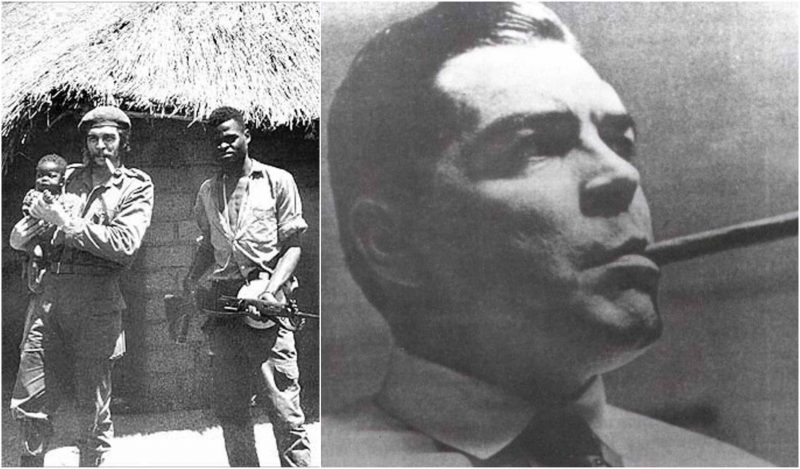The Ñancahuazú Guerrilla, or Ejército de Liberación Nacional de Bolivia (ELN), was a guerrilla group with members mostly from Cuba and Bolivia.
Led by Che Guevara, the group was active between 1966 and 1967, in the Bolivian province of Cordillera. The aim of the guerrilla was to overthrow the Bolivian military government of President René Barrientos by spreading the foco military theory and Marxist ideology, and ultimately to establish a socialist state.
Although the guerrillas were successful in the beginning and managed to defeat a few Bolivian patrols, they were ultimately beaten, and Guevara was executed.
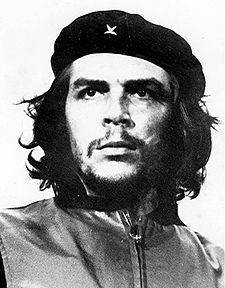
Passionate about the Marxist ideology and communism, and determined to end American imperialism, Guevara traveled to the Congo in 1965, during the country’s civil war, to help the people implement communist ideas. Suffering from acute asthma and dysentery, and disappointed in the Congolese people’s disinterest in change and revolution, Guevara left the country.
Even though he intended to stay until he died so that he could set an ideological example, Guevara ultimately concluded that “the human element for the revolution in the Congo had failed. The people have no will to fight. The revolutionary leaders are corrupt. In simple words… there was nothing to do.” He considered the Congo “a story of a failure.”
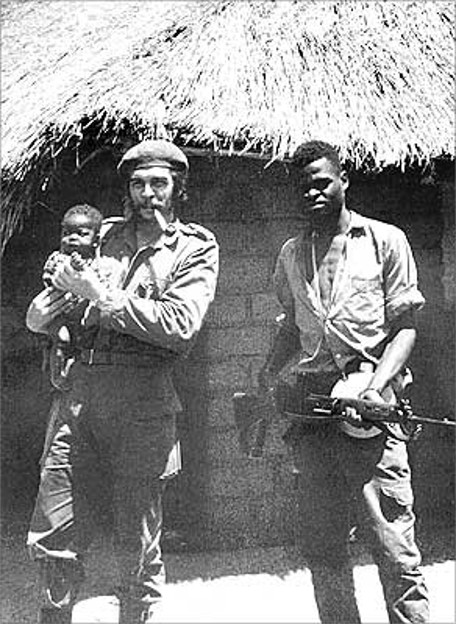
As soon as he returned to Cuba, Guevara was preparing to go to Bolivia with the same ideas and goals. Before leaving to Bolivia, he met Juan Perón in Madrid. The Argentine politician disapproved of Guevara’s guerilla approach, but he was sympathetic to the man himself. Perón warned him about Bolivia, saying, “you will not survive in Bolivia. Suspend that plan. Search for alternatives… Do not commit suicide.” Of course, Guevara felt neither threatened nor scared.
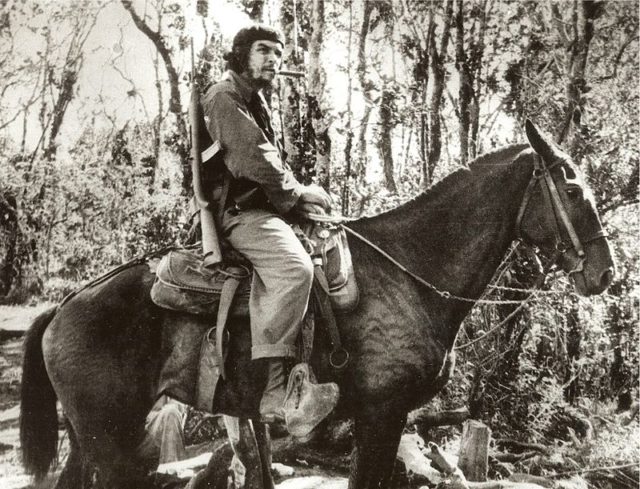
On Nov. 3, 1966, Guevara entered Bolivia under the fake identity of “Adolfo Mena González.” He stayed in the capital, La Paz, for three days and then traveled to the countryside. Guevara’s initial guerilla group included himself; Tamara Bunke, a spy from East Germany; three Peruvians; 25 Cubans; and 29 Bolivians. The group was small but well-armed. They succeeded in surrounding two army patrols in the spring of 1967.
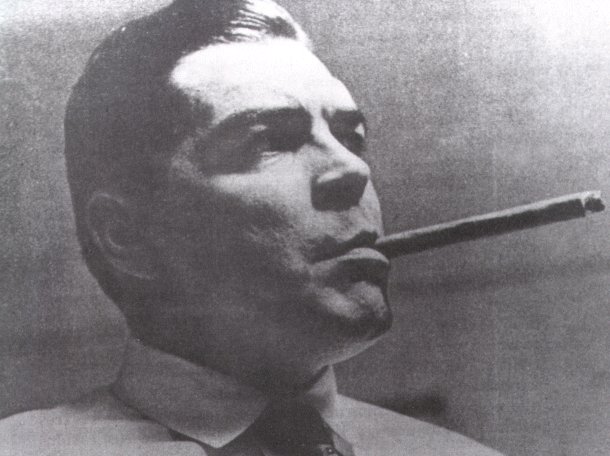
However, the largest hindrance to their advancement was the refusal of the other opposition groups in Bolivia to join or support them. The local civilians showed poor spirit and quite often informed the authorities about the guerrillas’ movements. By the summer of 1967, most of the members of the Ñancahuazú Guerrilla had become fugitives hunted by the Bolivian special forces (and, of course, their American advisors). Guevara wrote in his diary, “talking to these peasants is like talking to statues. They do not give us any help. Worse still, many of them are turning into informants.”
In early October, the Ñancahuazú Guerrilla settled in the Yuro ravine, attempting to cross the Rio Grande in Bolivia. On Oct. 7, a local informant told the Bolivian Special Forces about the guerrillas’ location, and the next day the whole area was surrounded by 1,800 soldiers. Guevara was wounded and taken prisoner. According to the report by Bolivian sergeant Bernardino Huanca, recorded by Che Guevara biographer Jon Lee Anderson, Guevara was shot twice before he shouted, “do not shoot! I am Che Guevara and worth more to you alive than dead.”
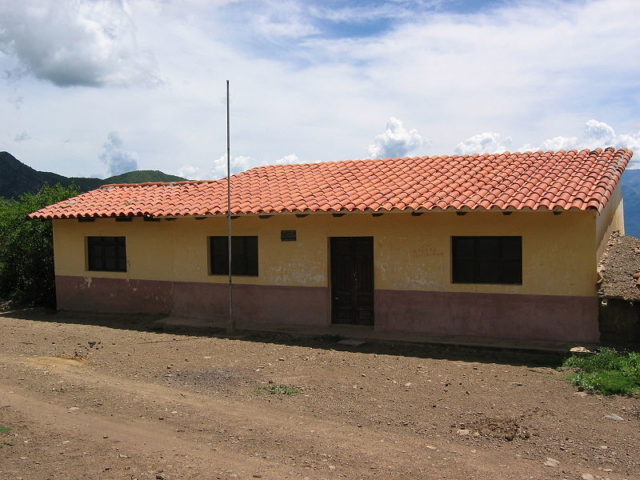
On the night of Oct. 8, Guevara was taken to an old mud schoolhouse in the village of La Higuera. Later the soldiers would describe Guevara and his behavior as quiet, his look as “dreadful,” and that he refused to be interrogated by the Bolivian officers. He only asked for something to smoke, so one of the Bolivian soldiers, a helicopter pilot named Jaime Niño de Guzman, “took pity” on him and gave Guevara a little bag of tobacco for his pipe. After another officer tried to snatch his pipe during the evening and Guevara kicked him into the wall, even though he had his hands tied.
The next morning, Guevara asked the officers if he could meet the village “maestra” (school teacher) and was allowed to speak with the 22-year-old Julia Cortez. According to her accounts, she was “unable to look him in the eye,” because his “gaze was unbearable, piercing, and so tranquil.” He explained to her what his group was fighting against by pointing out the poor condition of the schoolhouse where she taught. He considered it anti-pedagogical and unfair, with government officials driving Mercedes cars while education was so neglected.
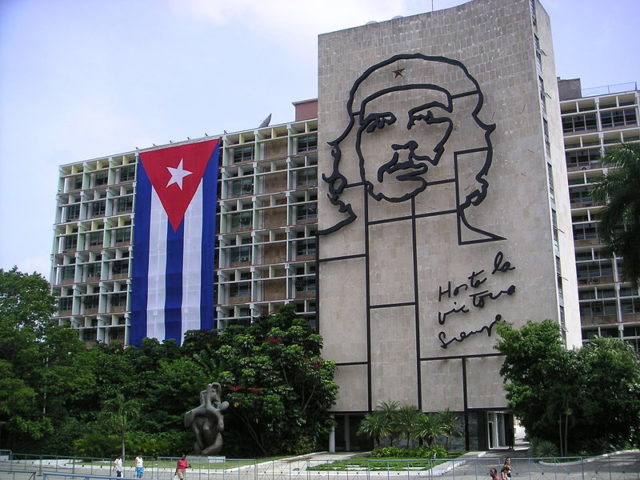
Later that same day, the Bolivian President René Barrientos ordered for Guevara to be killed. Mario Terán, a sergeant in the Bolivian army, had requested to be the executioner, as the guerrillas had killed three of his friends in combat. Government officials suggested that Guevara is shot anywhere but the head so that the photos released to the public would suggest that he was killed in action during a battle with the Bolivian army.
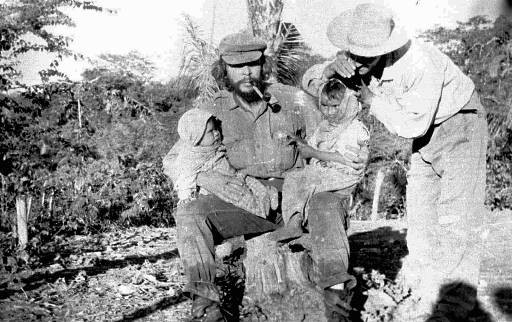
Before executing him, Terán asked Guevara if he was thinking abut his own immortality. The guerrilla leader replied, “no, I’m thinking about the immortality of the revolution.” According to Terán’s report, while standing alone with the man he was supposed to kill, he hesitated, to which Guevara reacted with spitting in his face saying, “shoot, coward! You are only going to kill a man!” The sergeant opened fire, hitting him in the arms and legs several times before wounding him fatally in the chest. In all, Guevara was shot nine times.
Guevara was executed immediately because Bolivian authorities feared his possible escape from prison, and because nobody wanted the potential drama if there was a trial. Only five of the guerrillas who entered Bolivia with Guevara managed to escape the country and flee to Chile.
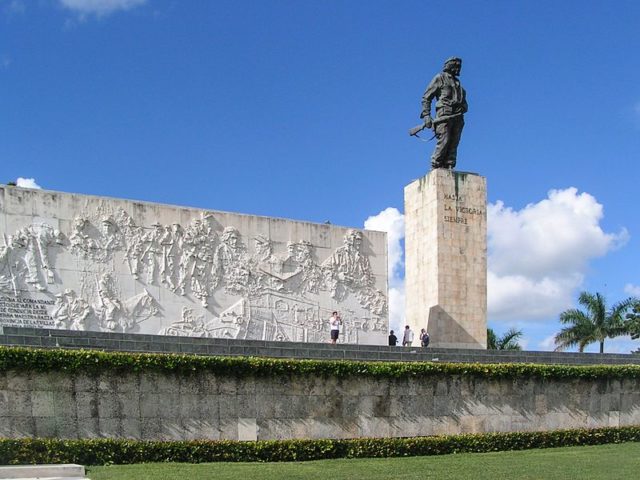
After his execution, Guevara’s body was taken to the nearby Vallegrande by helicopter, where photographs were taken of him, and several witnesses were called to confirm his identity. A military doctor amputated his hands, which were sent to Buenos Aires for fingerprint identification. The rest of his body was sent to an undisclosed location, and the Bolivian army refused to reveal if the remains had been cremated or buried.
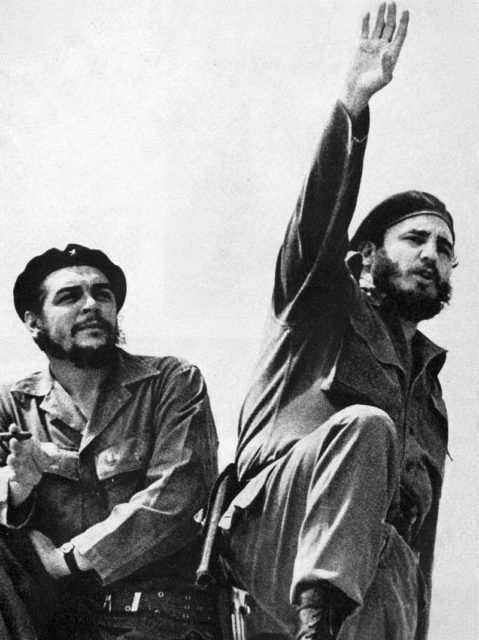
Fidel Castro acknowledged the death of Che Guevara publicly on Oct. 15, proclaiming three days of public mourning in Cuba. In his speech on Oct. 18 at Havana’s Plaza de la Revolución, in front of millions of mourners, Castro ended his eulogy by saying, “if we wish to express what we want the men of future generations to be, we must say: let them be like Che!
Read another story from us: Camilo Cienfuegos: Castro’s “Hero of Yaguajay.”
If we wish to say how we want our children to be educated, we must say without hesitation: we want them to be educated in Che’s spirit! If we want the model of a man, who does not belong to our times but to the future, I say from the depths of my heart that such a model, without a single stain on his conduct, without a single stain on his action, is Che!“
